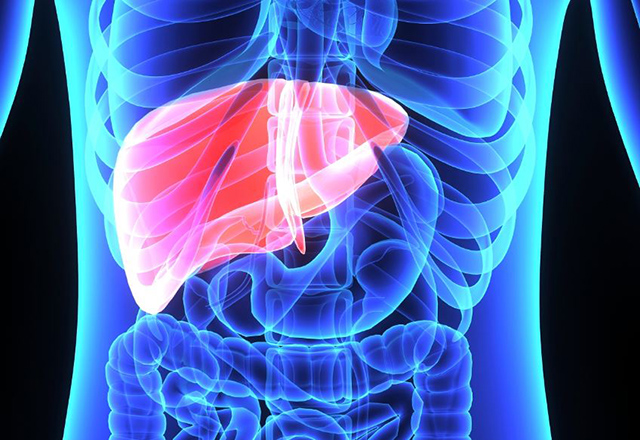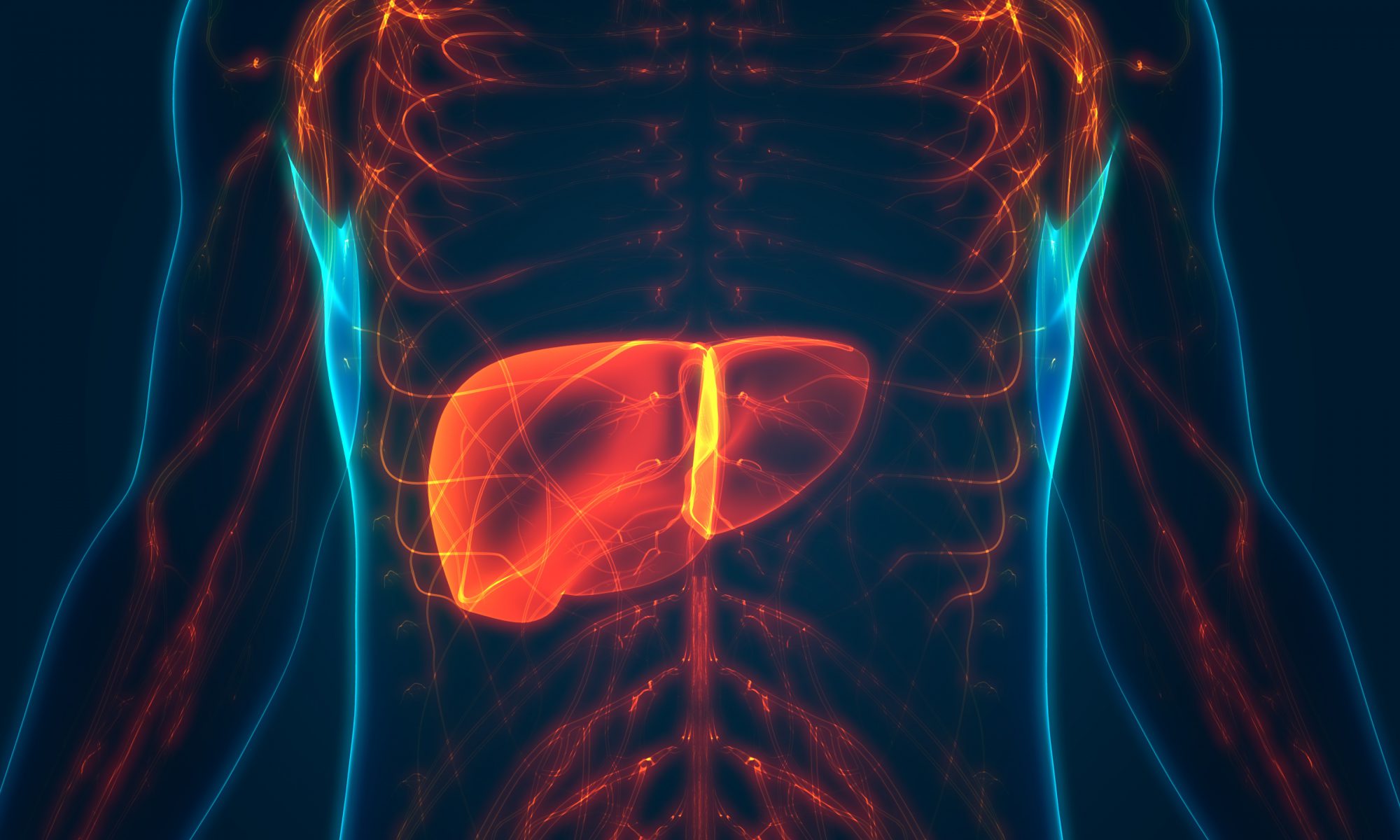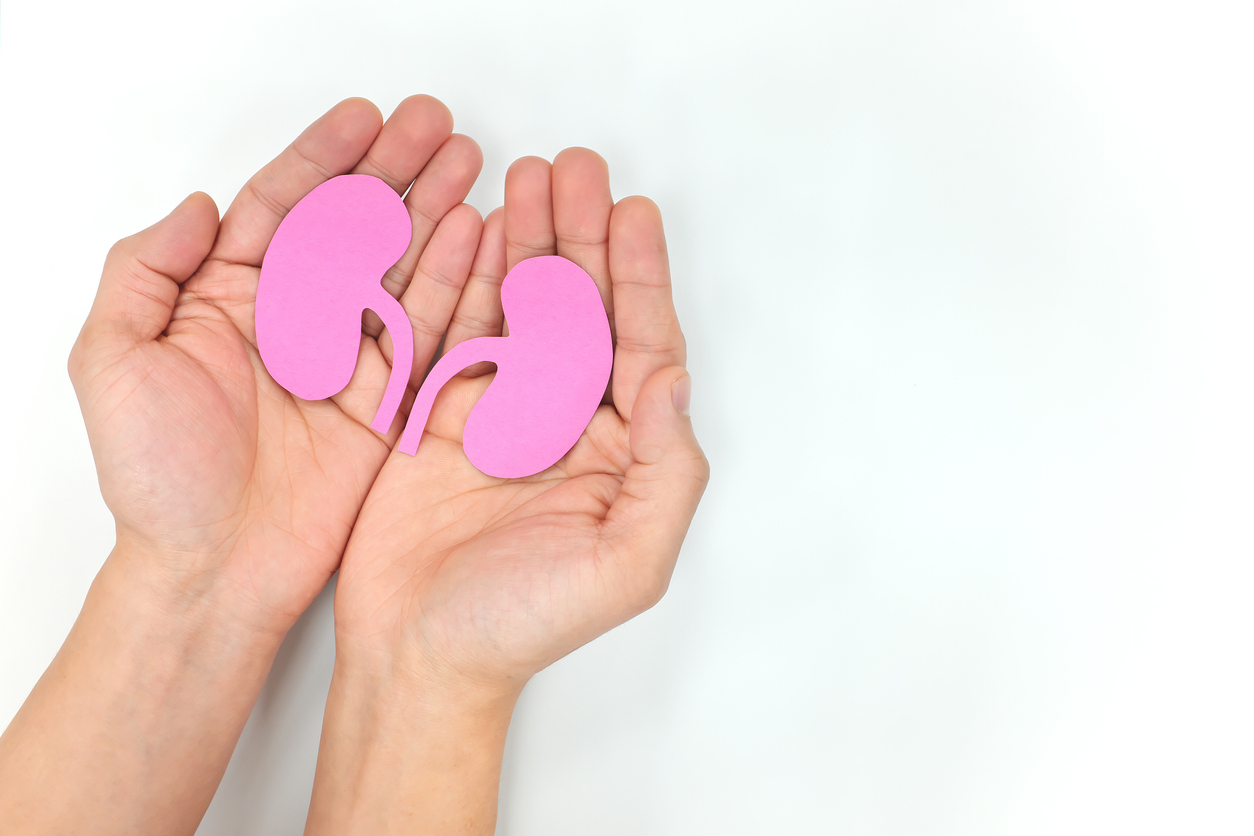Loading
— Disparity mostly affects women, but allocating more livers from smaller donors may help
By Sophie Putka
Liver transplant waitlist candidates who are smaller in size are significantly less likely than larger candidates to receive a liver transplant, contributing to a sex disparity in organ transplants, according to a retrospective study.
After candidates were categorized into six groups according to body surface area (BSA) from smallest (group 1) to largest (group 6), it was found that with each increase in group number, waitlist time decreased (234 days for group 1 vs 179 days for group 6, P<0.001), reported Catherine E. Kling, MD, MPH, of the University of Washington in Seattle, and colleagues.
Read the full story in MedPage Today.
Loading









